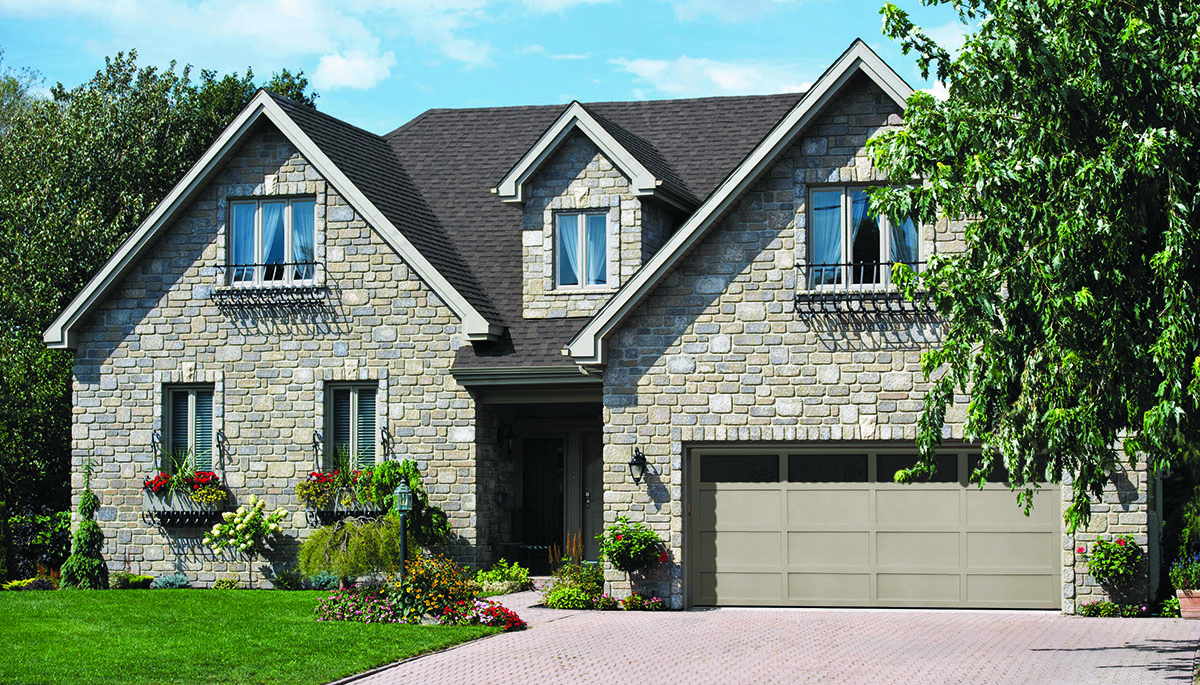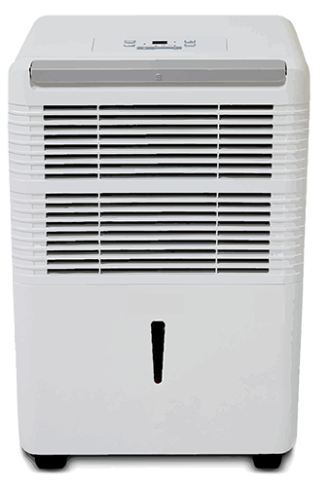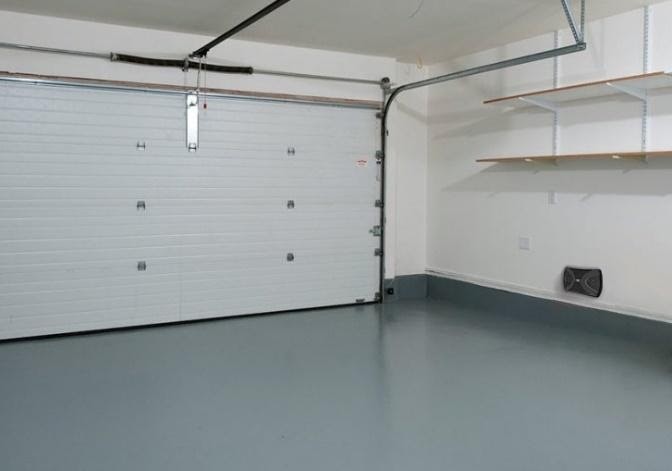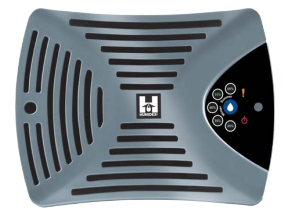If your garage is damp or humid, it can be an uncomfortable place to spend time. Whether you’re spending time there working on DIY projects or even just hitting your home gym, it can be very uninviting when the space is damp or humid. Besides, these elements can also lead to corrosion and rust or mold and mildew buildup. Humidity issues are far more common in hot, humid climates and damp regions, as well as in cold climates near bodies of water. Here are some tips for reducing the humidity in your garage, no matter the season.

Where is humidity coming from?
There are a variety of different factors that could impact high humidity in your garage:
- Not enough insulation in the garage or garage door
- Improper weatherstripping around garage doors and man doors
- Firewood storage can create humid conditions since logs hold moisture
- The use of the washer and dryer in the garage space
- Storage of excess liquids that can evaporate into the air, increasing the moisture levels
- Having floors that are sealed with epoxy paint
- The presence of cardboard boxes can invite moisture and humidity
- A clogged floor drain will increase moisture levels significantly
- Rain or snow brought in on your vehicle
All of these issues have their own solution, for which most will seem fairly obvious. Before you can reduce the humidity in your garage, however, you must know where it currently stands. This can be done using a hygrometer, which should be left unattended in the garage for up to 24 hours or more to get an accurate reading. The “right” level of humidity is largely a personal preference, but understand that in most cases, it will never be as low as the humidity inside your home.
If you’ve got a cool garage that’s damp, be careful with heat because heating up humid air only makes it more unbearable. If you don’t have a hygrometer, you can measure the humidity level during colder weather by looking at the corners of the windows or glass panes on your garage door. If they have ice or condensation built up, this could be a sign that there’s a moisture issue in your space.
Get humidity levels back to “normal”
Your big goal here is to reduce humidity levels to a comfortable, acceptable point. While there are a number of different ways to reduce the humidity levels within your garage, there are really two big elements that stand out. If you want to reduce humidity, you need to have an insulated garage space. That includes the garage door, which also acts as the “fourth wall” for the garage.
The garage door should be insulated and weathertight, as well. Make sure that you are paying attention to the exterior perimeter weather‑stripping, and make sure that you use insulation with a minimum thermal resistance factor of R‑12. This is usually done with a polyurethane foam that is injected into the door. Insulation is, by and large, the best investment that you can make because it offers so many different benefits, including reducing the amount of damp air and moisture that gets into your garage.
When looking at the seal of your garage door, make sure that you weatherstripping overlaps the door by about an inch and a half. You should check for any gaps that may be letting water in. Also, check out the threshold to ensure that the door slopes outward. This allows you to identify and eliminate all of the possible ways that moisture is getting in.
Now is when you will be able to compare the factors listed above, find out where your humidity or dampness is coming from, and decide which elements you can eliminate and which ones you will be able to tolerate. This will help you find the perfect humidity level for your garage space. Moving forward, the rest of the advice in this article will assume that your garage and door are adequately insulated. Otherwise, it would be pointless to try to make the space comfortable.
One simple way to reduce the humidity level in your garage is to turn off the heat (if you have a system in place) and crack the door an inch or two. Typically, unless it is excessively humid outside, this will help draw the moisture out of your garage. You could also create a window or access door to offer airflow, which again can help humidity escape, and adding a small fan will help it escape even more quickly.
To lower the humidity in your garage by five to eight degrees, you can also run a portable in‑home dehumidifier on max for 24 hours.

Check out commercial dehumidifiers that you can install into your HVAC system for whole‑home moisture removal. These are a more permanent, slightly more expensive investment, but they are well worth the money if you want less hassle and fewer moisture issues.

 This 9 x 6 ½ x 4‑inch exhaust vent can be installed to vent through the wall of the garage
This 9 x 6 ½ x 4‑inch exhaust vent can be installed to vent through the wall of the garageWhat about vents in the garage door itself? That is not an effective solution, even if there is the option to close or open the vent. It is great for eliminating odors, however.
Ready to consider a change?
Residents in the Pocasset or Cape Cod area can contact us at our toll‑free number today. Call us at 508-563-5633, and we can discuss your garage door needs to help you find the best option. No matter what you have in mind, we’ll help you choose the perfect door within your price range.
We can even provide you with an email quotation or offer a tour of our showroom and our products from a firsthand perspective. Take a crack at our Design Centre to design your perfect garage door upgrade, and use our Image Gallery for inspiration, as well.









Add new comment